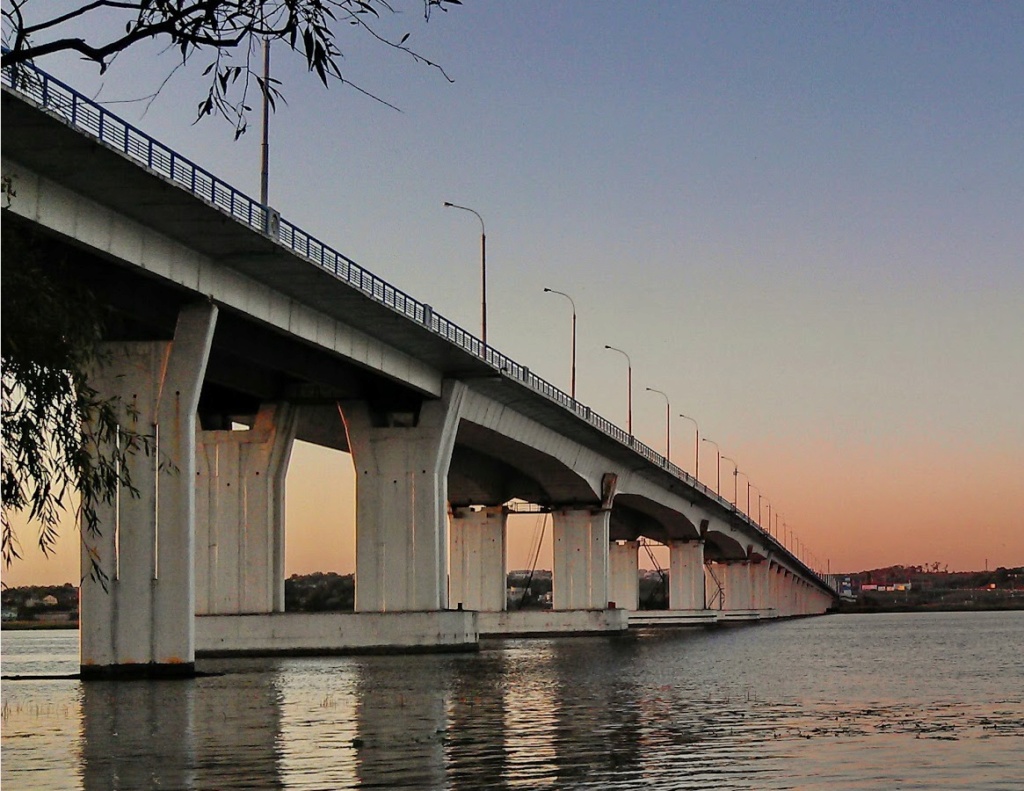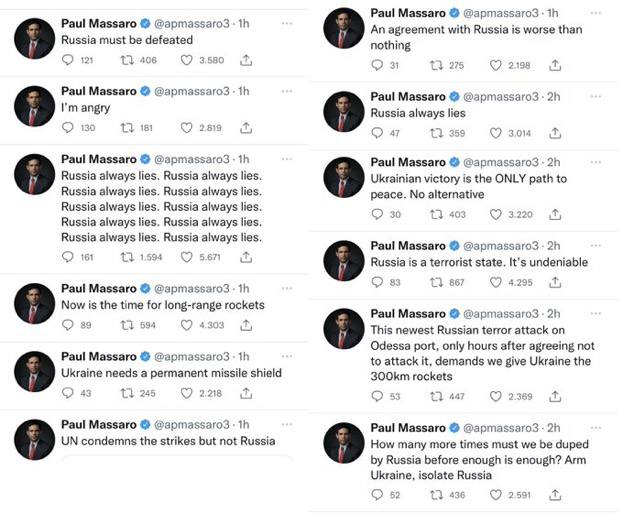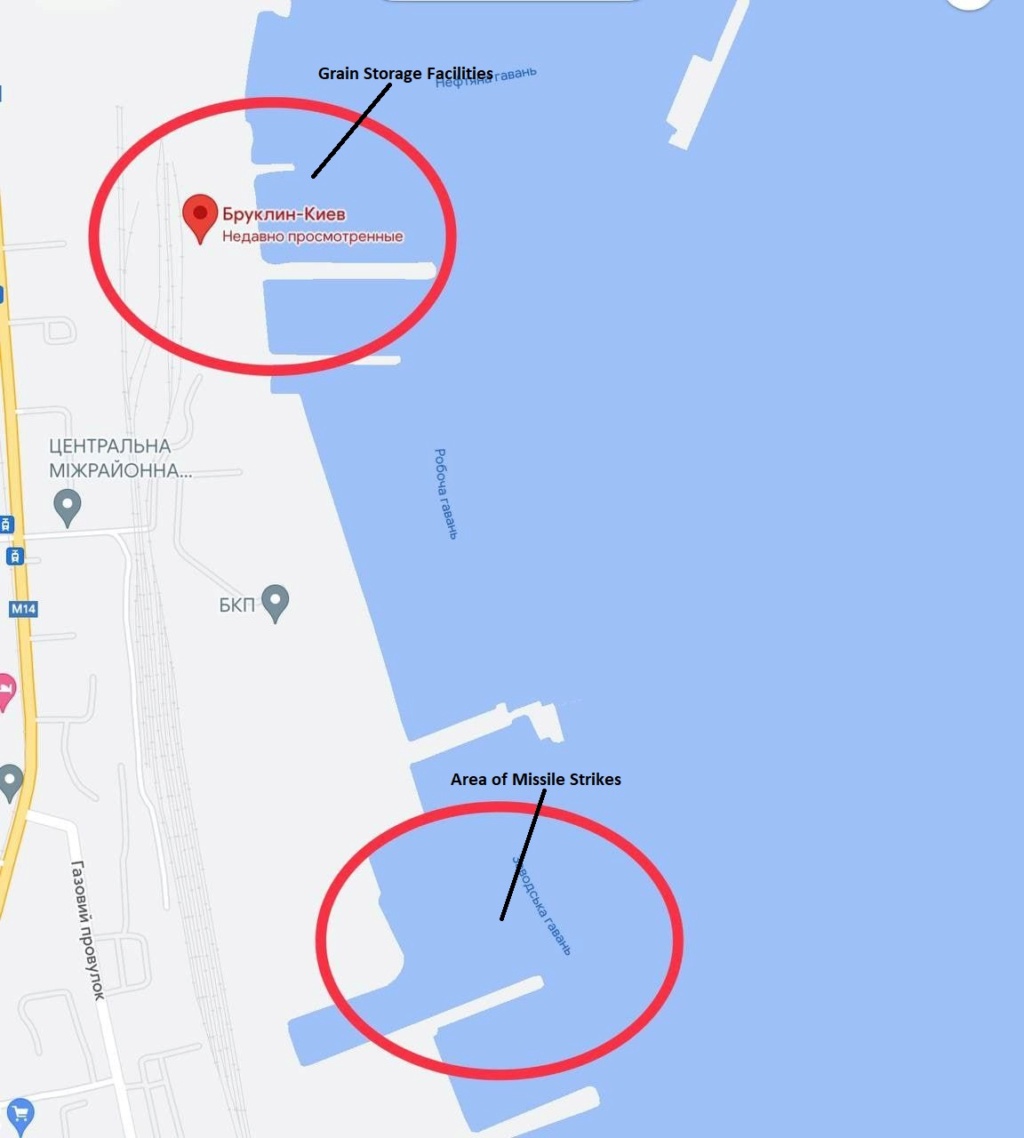Singular_Transform wrote: limb wrote:
Any civil engineers here who can explain how much time would ut take to fix the bridge so tanks can go through it?
How deep is the dniepr there? Can tanks snorkel through some points.

It is not one bridge, but two paralell bridge.
The bridge has two kind of section, one is close to the shore, with simple vertical beams under the road, other is the three long spand box support section.
The box supported long spand section received hits, means the bridge load bearing capability degraded by the width of the sum of the holes.
It is relativly easy to calculate the value.
The simiples quick fix is to install a metal frame structure onto the current bridge roads, self supporting that can stand independently of the concrete structure bellow.
If they push it then it is a matter of weeks to install it, most likelly the military has pre-fabricated sections for this exact purpose.
And by the shape of the middle section it is stronger than neccessary, means it has lot of allowance for extra structures.
If there is an independent metal structure on the top of it htne it will be extremly hard to damage it with missiles.
Do you think the shockwaves cause fractures in the vertical beams which reduce load bearing? We see holes, but for some reason they didn't show internal damage inside the holes, but its probaby minor.
PSA for the fags here worshipping guided artillery munitions(including me):
Guidance kits reduce explosive amount. HIMARs guided rounds also have extended range, futher reducing explosive power. This means that for very tough structures, they're suboptimal.
Everything comes at a price.
Also, regarding russia not destroying bridges on the dniepr. I would forgive this. In serbia, bridges were destroyed by NATO aircraft with laser guided free fall or gliding bombs, which have much more explosive mass than cruise missiles, at the expense of much lower range. The only reason NATO could destroy those bridges, is because they could get close, since serbs had ancient AA, with barely any optically or IR guided SAMs, and serbs didn't have AWACs support.
For russia to destroy dneipr bridges, it would need to send flights of Su-34s, Su-30s, Su-24s, etc, carrying KAB-1500 bombs. This would incure at least half a dozen aircraft in losses due to optically guided SAM ambushes.
The russian air force has judged that it isn't worth it.
The RuAF isn't incompetent or incapable. In fact, it rpobably is more competent than the army and navy. It however is incredibly risk averse. Could they be doing more? Yes? With low losses? Yes. However, good enough in terms of causaulties for the RuAF isn't enough. It needs perfection. So far, less tha 15 aircraft shot down by enemy fire: 1 Su-35, 3-4 Su-34s, 1-2 Su-30s, 5-7 Su-25s.
Pods are the poor man's answer to having dedicated vehicles for each munition weight class. And like most el cheapo solutions they are false economy: a heavy duty truck fitted with sophisticated fire direction capabilities for long range BM is supposed to moonlight as an old Ural firing unguided Grad rockets. Rolling Eyes
The more I think about it the less the concept makes sense. The supposed allure of self-reloadable MLRS like M270 is that they can load pods from the ground without assistance. Yeah, but what about the part where you're just making up yet another security headache - you now need to guard a few pods from attack. At least with a transloader the launcher merely has to meet them halfway, 10 minutes reload and after you both go on your merry way.
Thats like saying detachable mags are inferior to internal rifle magazines, which is retarded. Loading rockets individually on an MLRS is like loading rifle rounds one by on into a rifle, rather than putting a detachable mag in. Modular rocket pods for MLRS aren't replacements for reload vehicles. They're there to make reloading faster.
The russians already have the Uragan-1M, so they're trying to procure MLRS with modular pods, you're just coping.





 flamming_python
flamming_python



